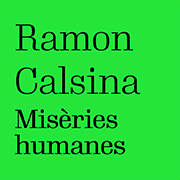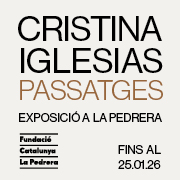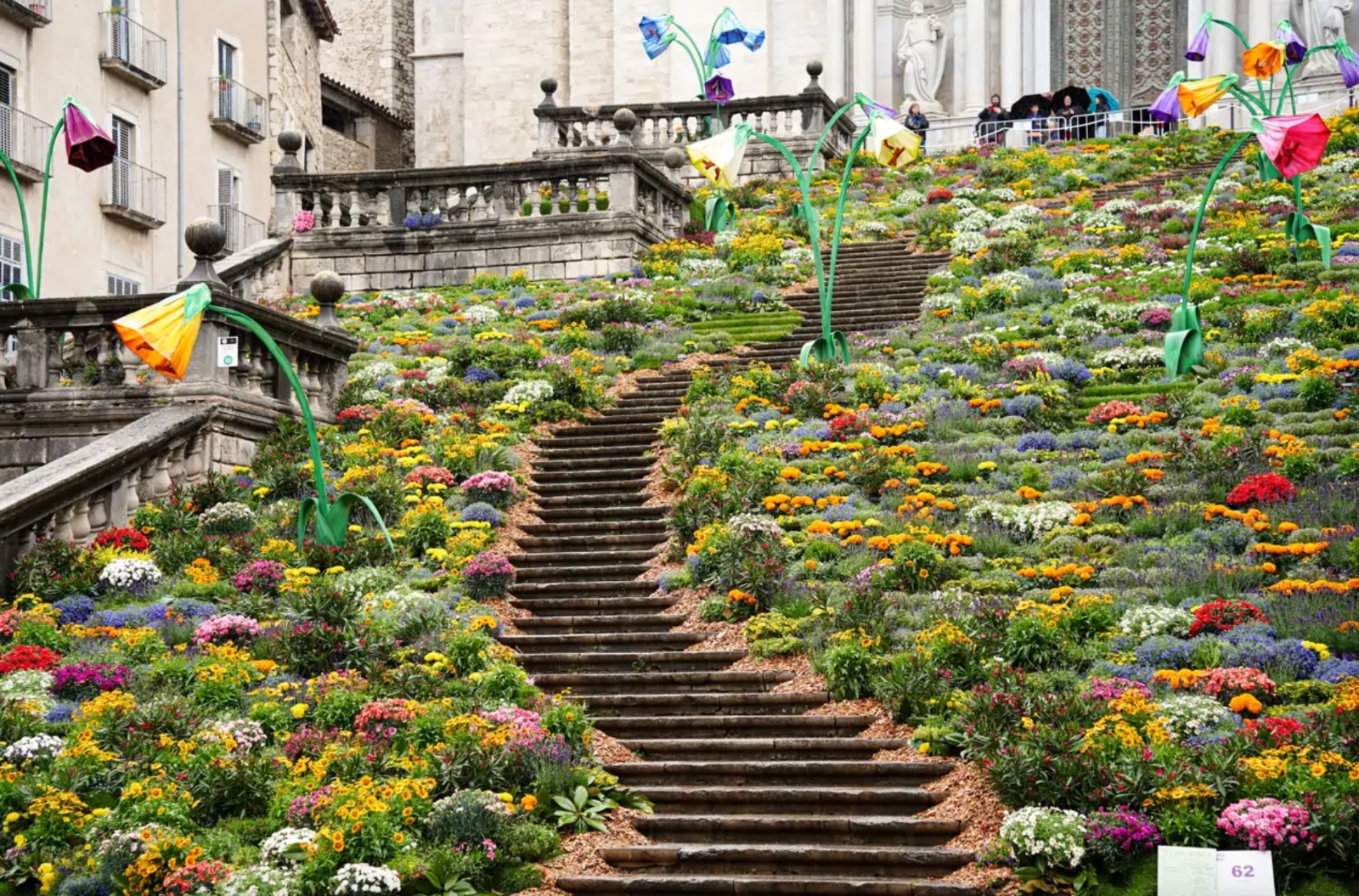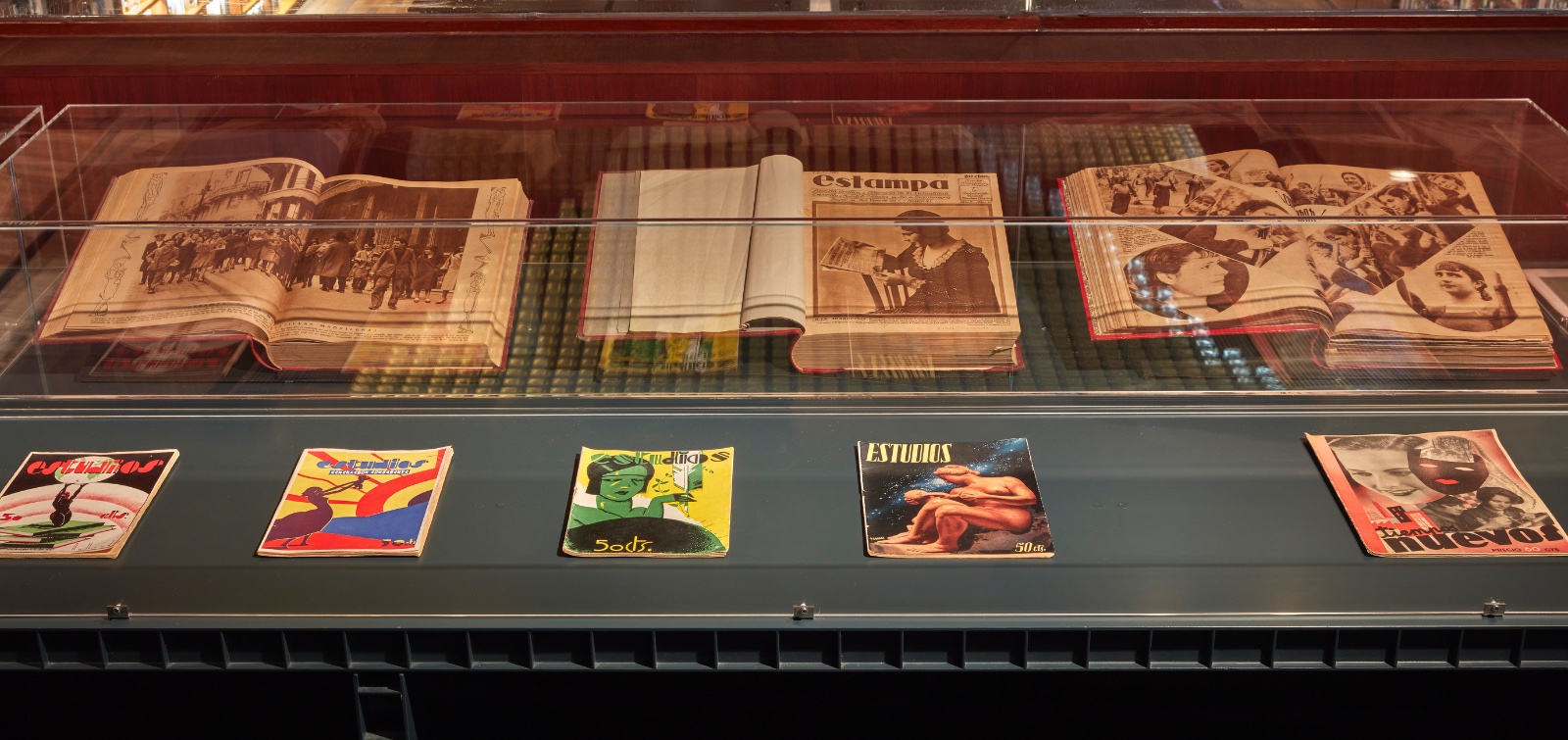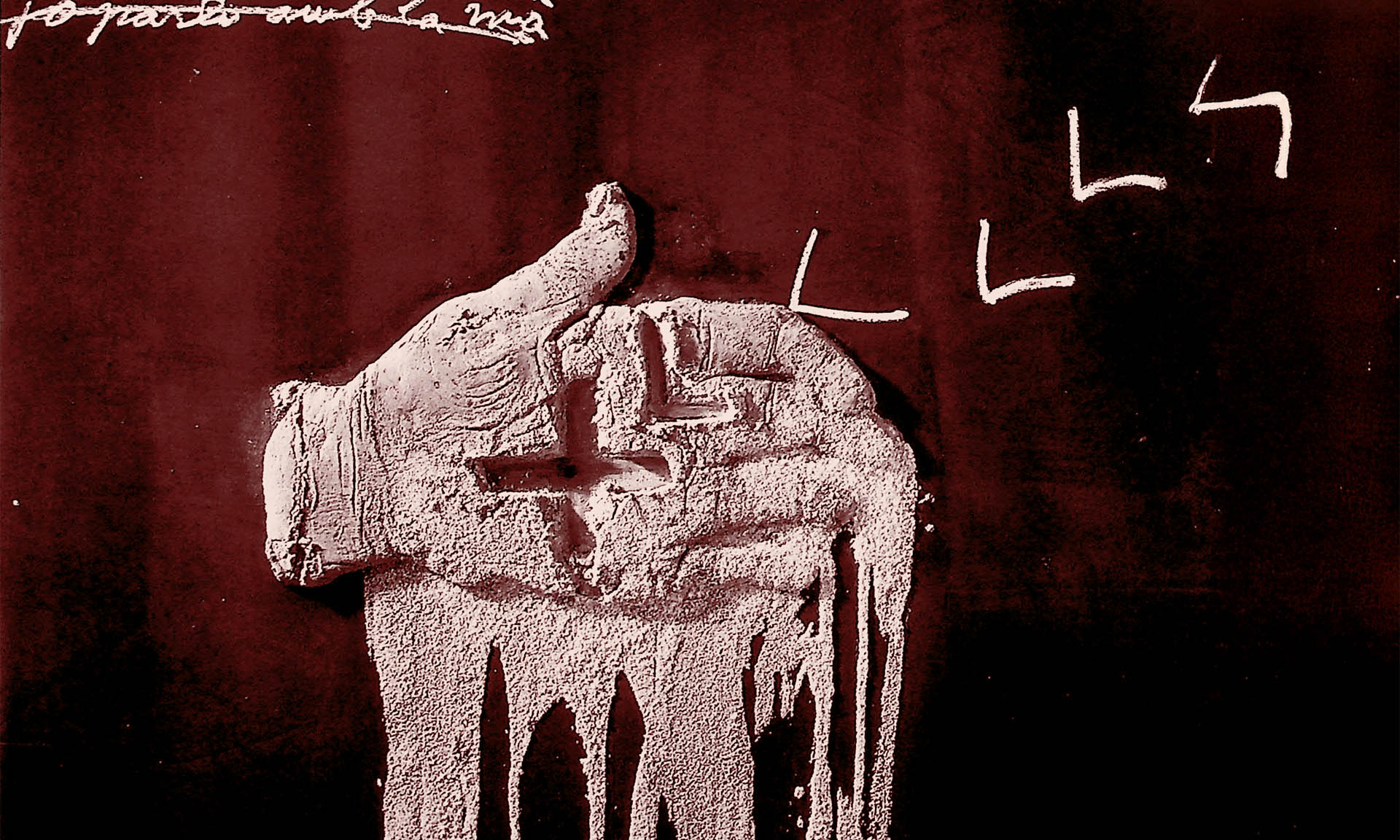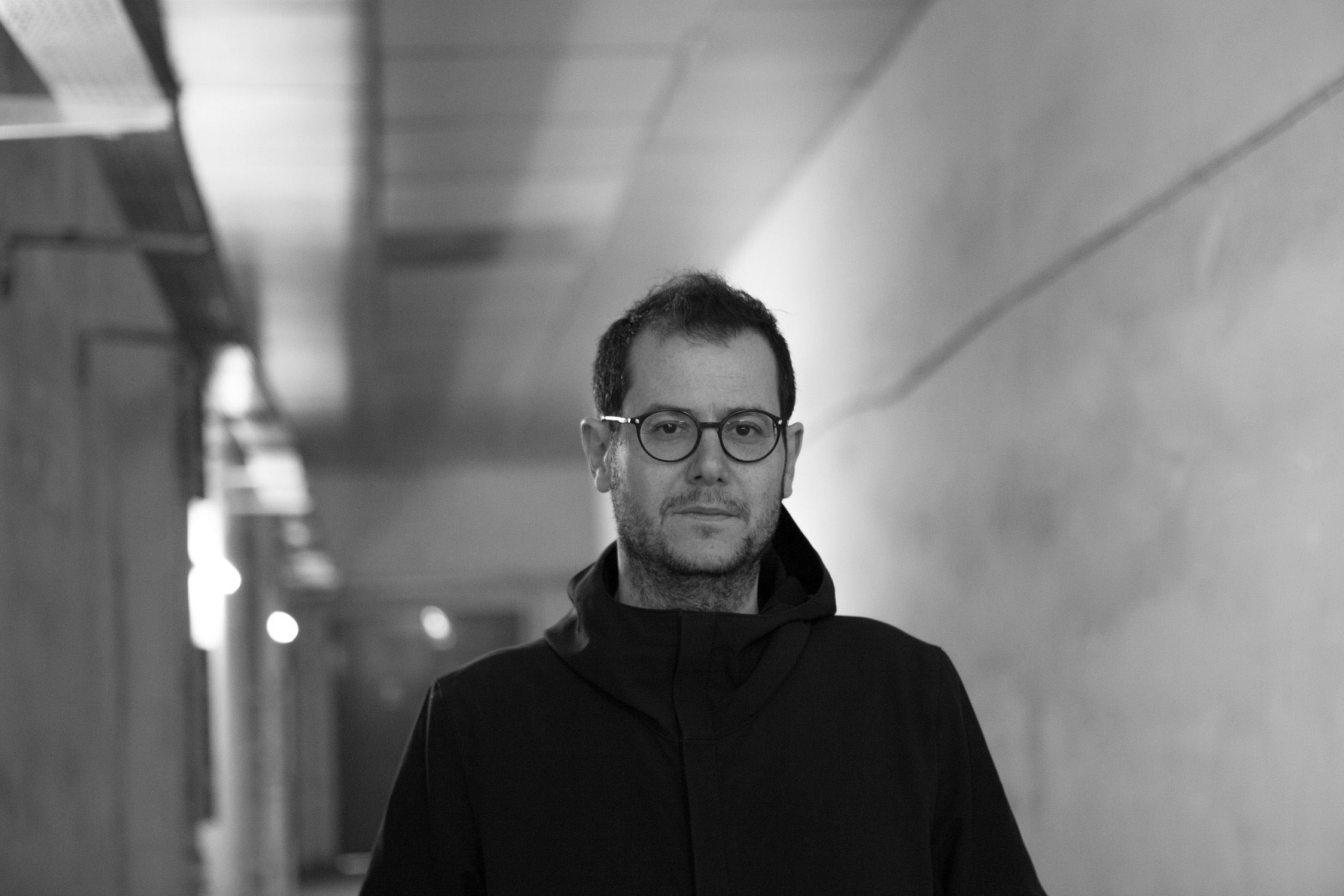Exhibitions
They illustrate botany: science through the eyes of women
A vindication of the feminine gaze in botanical illustration, from the 17th century to the present day.
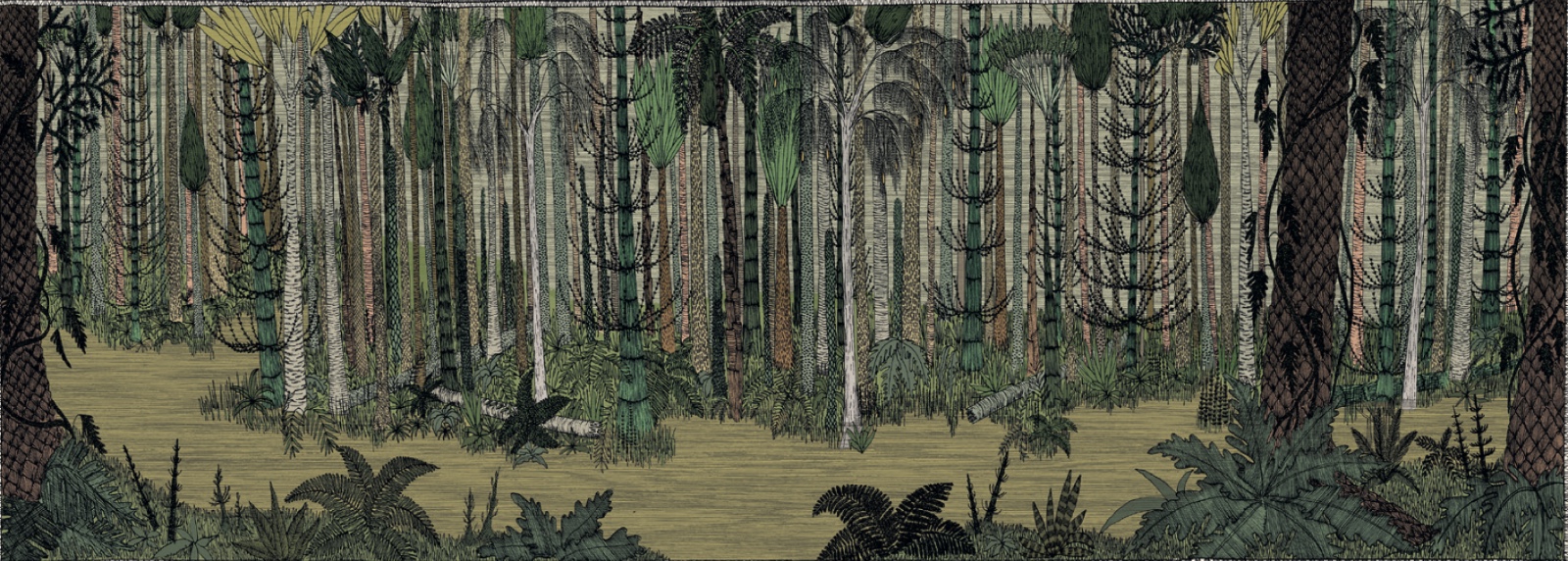
The Girona History Museum presents a new temporary exhibition entitled Elles il·lustren botànica, which has as its main objective to vindicate the role of women in the history of botanical illustration from the 17th century to the present day. This exhibition synthesizes the research work carried out by Toya Legido, Mónica Gener, Ana J. Revuelta, Lucía M. Diz and Judit Gasca, members of the Art, Technology, Image and Conservation of Cultural Heritage Research Group of the Complutense University. The artists have reconstructed the history of botanical illustration to extract the most relevant names and select the most interesting images.
The tour begins with a historical area represented by some of the most relevant women in classical scientific drawing and engraving, and then, the prominent names of women illustrators from the 19th and 20th centuries who worked in both illustration and photography are mentioned. The exhibition also presents works by active contemporary authors who collaborate with botanical gardens and other scientific institutions. The show concludes with an area dedicated to a group of young illustrators who work with digital tools with which they promote the dissemination of botanical science among all ages. It must be said that the main objective of the exhibition is to demonstrate that science can be art, and that art is science, and to highlight the work of women in the scientific field, through illustrations made by more than 40 women, from the 17th century to the present day.
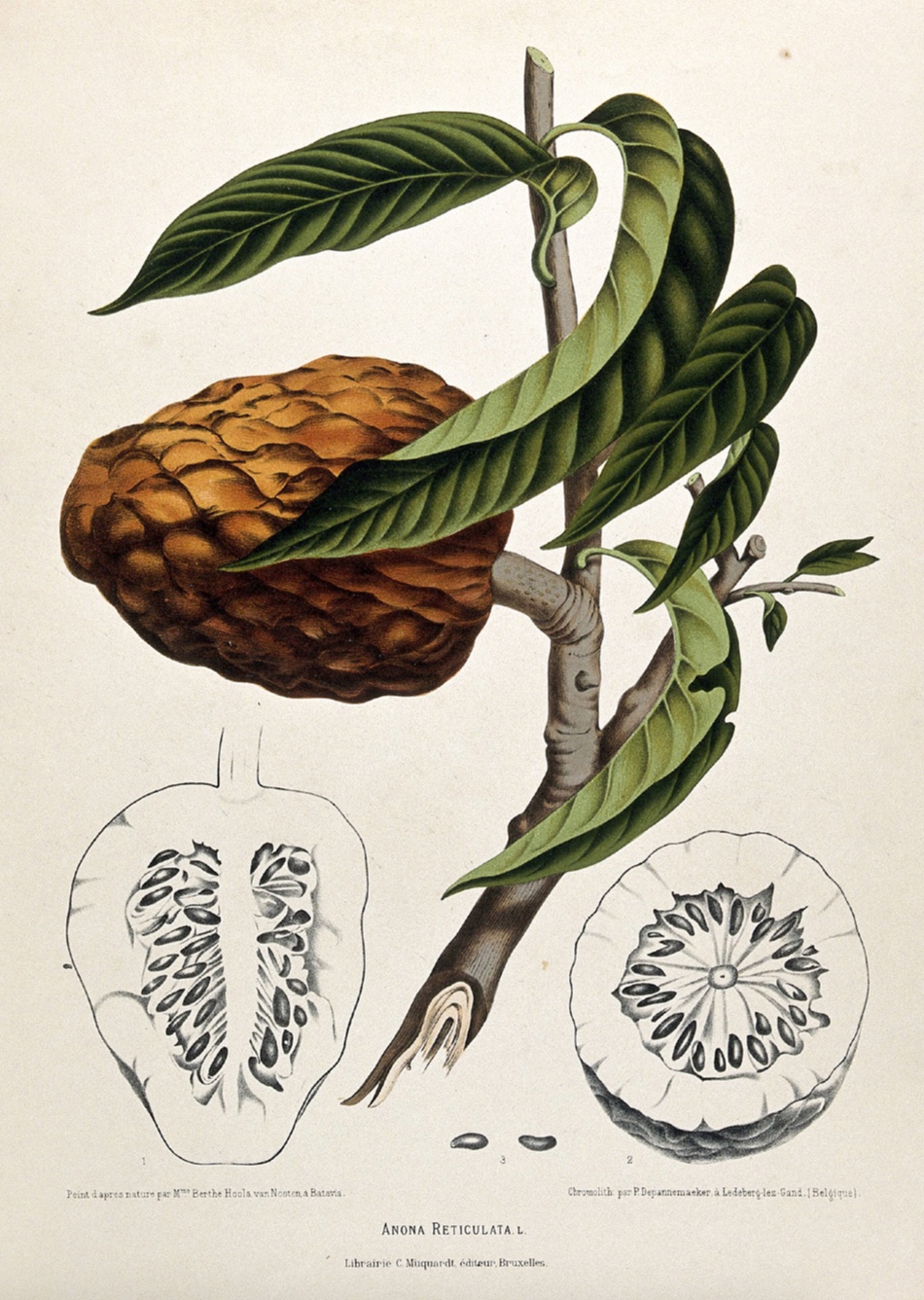 Berthe Hoola van Nooten
Berthe Hoola van Nooten
In this history of botanical illustration in female form, you can contemplate the different languages, styles and artistic techniques used in this field. Different methods of representation are also shown, applied to different objects of study, and how these have evolved over time. In this room, within the professional area, part of the collections of the Real Jardín Botánico-CSIC created by women such as Paula Millán Alosete or the contemporary author Marta Chirino are presented. Two display cases with the work of Laura Ríos are also shown, which make explicit the drawing and painting procedures used in the 18th century for botanical illustration. In addition, unique pieces have been included such as detachable didactic plants from the Institut Històric Jaume Vicens Vives, the ceramic mushrooms by Josefina Vilajosana and the illustrations by Suzanne Davit.
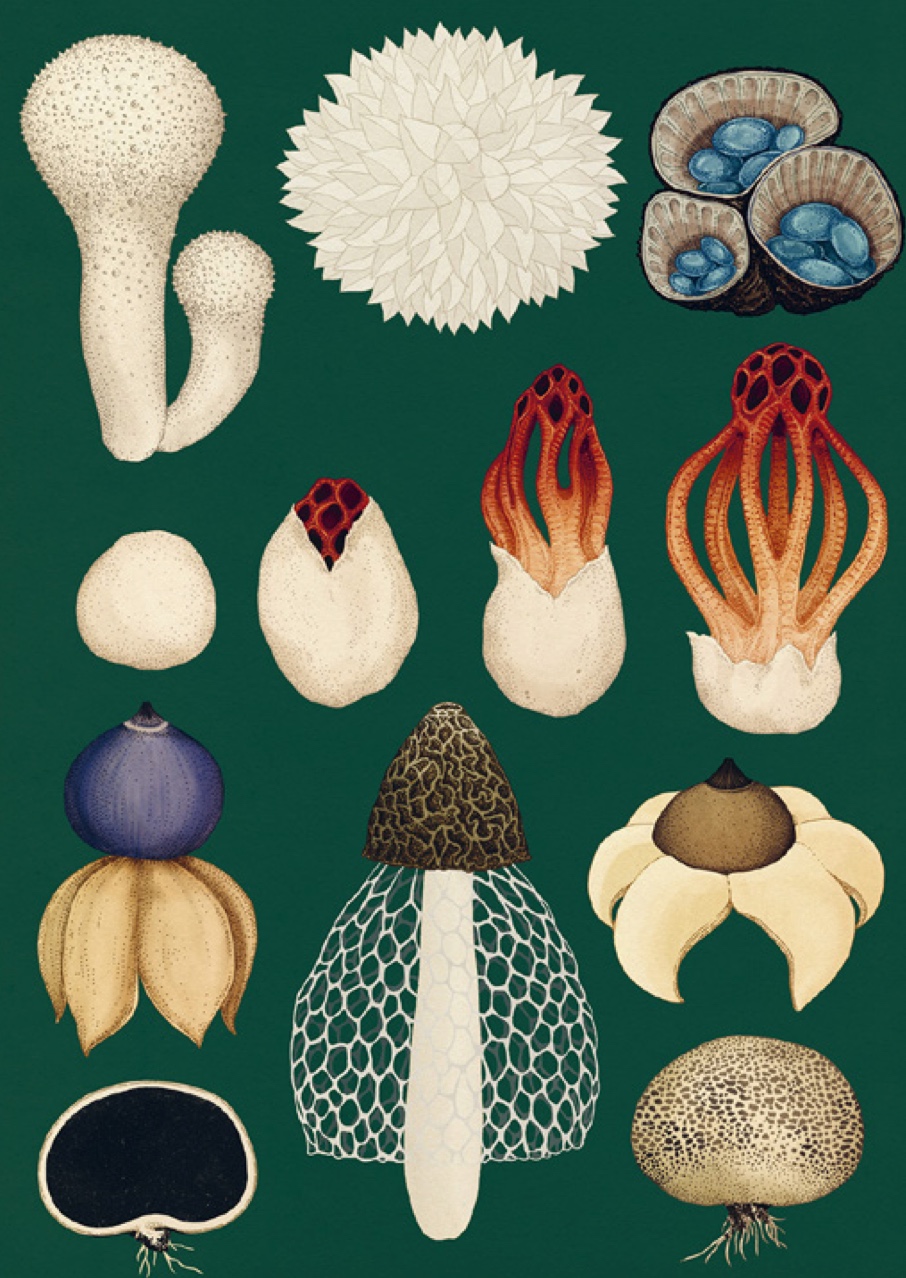 Katie Scott
Katie Scott
3 Exhibition spaces
As for the exhibition spaces, the exhibition is divided into three spaces, which are: the Exhibition Hall of the Girona History Museum (Placeta Institut Vell, 1), with the exhibition "They illustrate botany"; in the building of the Girona History Museum (Carrer de la Força, 27), you can visit the collective installation Temps (2025) and the multipurpose space where Young Botany is exhibited. The unique plants of the Girona regions: living treasures of nature, which shows the work done by the students of the Jaume Vicens Vives Institute. And finally, at the Col·legi d'Arquitectes de Catalunya - Seu Girona, Open Botany is shown, with a selection of contemporary botanical illustrations, where the participation of 29 Catalan illustrators stands out.
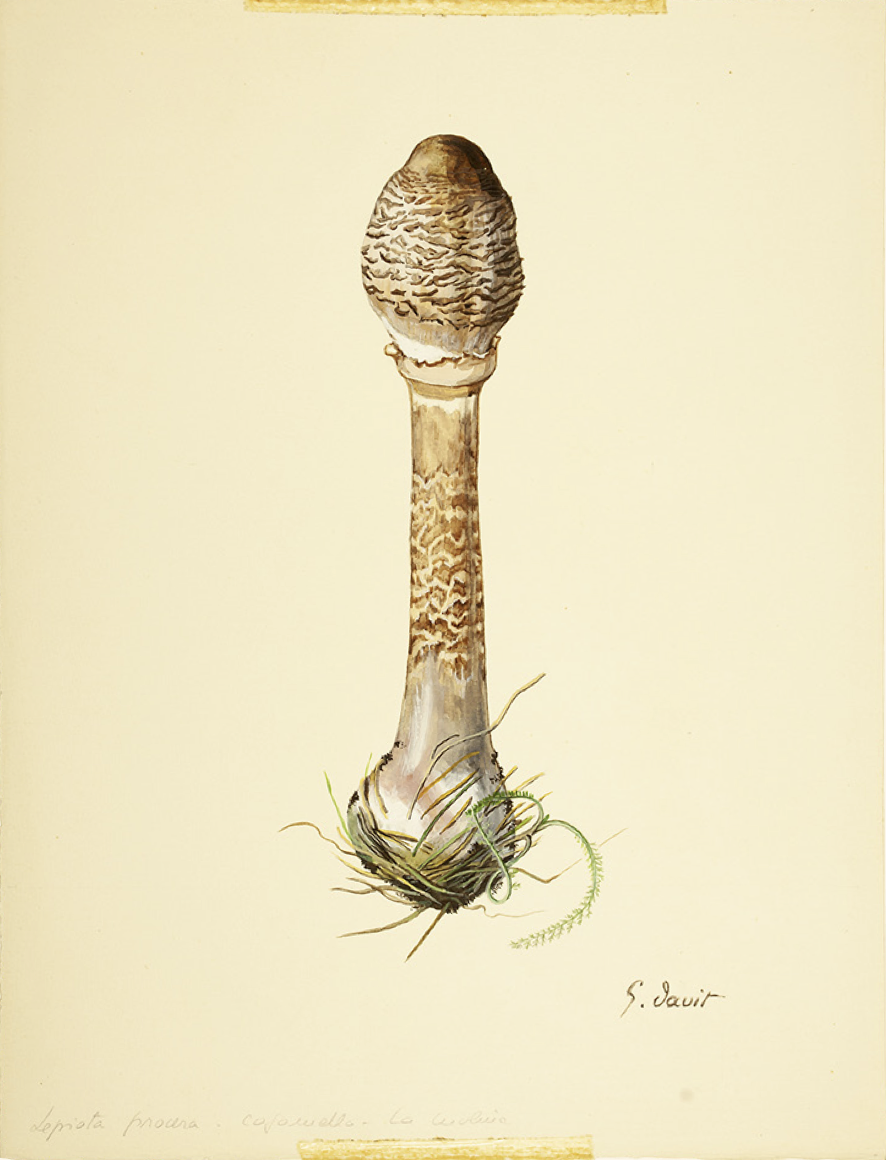 Suzanne Davit
Suzanne Davit
The parallel activities that have been scheduled are commented visits and guided tours and a conference on Thursday, June 12 at 6:00 pm entitled “Pioneers of scientific botanical illustration” by Toya Legido. On Thursday, June 26 at 6:00 pm, Botanical representation in art and science through photography will be held, curated by Lucía M. Diz, as well as workshops for adults (Paper flower making and Introduction to scientific botanical illustration) and workshops for families and summer camps (Practical workshop on introduction to outdoor botanical illustration, etc.). Except for the workshops for adults, all activities are free and will be held in the spaces of the Girona History Museum.


